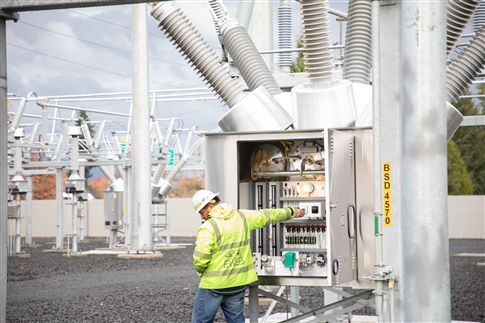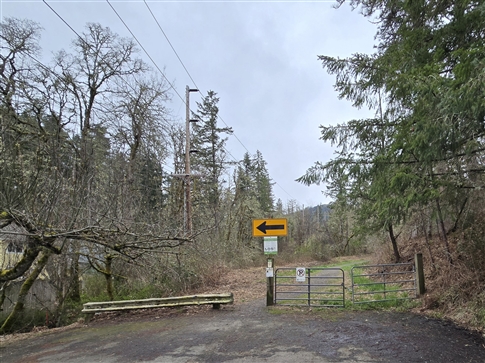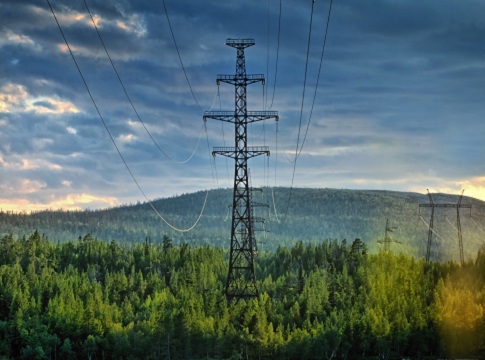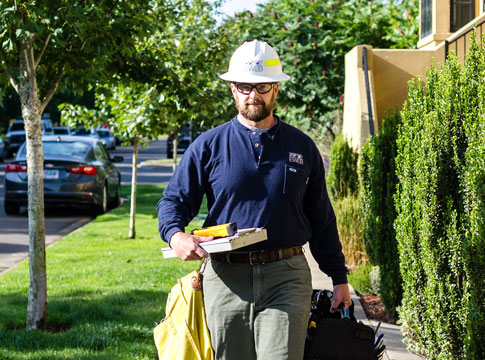Replacing Aging Infrastructure
From the 1950s to the 1970s, Eugene was growing fast as new residents and industries moved to the area. To keep up with growing demand for electricity, EWEB went through a building boom of electric infrastructure. The equipment installed during that time makes up most of the equipment in EWEB’s electrical grid today, but that infrastructure is reaching the end of its useful life and no longer meets modern systematic expectations.
Electric Reliability
Despite the age of our equipment, the power we supply is 99.25% reliable, based on 2024 metrics for outage occurrences and length of outages, excluding major events such as the January 2024 Ice Storm. However, even when we factor in that major outage event, EWEB's electricity was still 90.7% reliable last year.
That level of electric reliability is due to the infrastructure that delivers it and the staff who maintain it. From power plants to distribution and transmission lines, substations to transformers — utility infrastructure is a complex system that requires investment and maintenance to provide constant, reliable power.
Read Electric Reliability Explained
EWEB’s resiliency-packed plan
EWEB's 10-year Capital Improvement Plan for major infrastructure investments will ensure we meet the current and future needs of our community, while maintaining reliable service.
So, how are we deciding which infrastructure needs attention and investment? Based on asset management, data, and risk-based decisions, we’ve prioritized projects into three main categories: risk-based, compulsory, and strategic. These categories will help guide the electric division’s work over the next 10 years. Projects can also be identified by five infrastructure types: substation rebuilds, the downtown network, distribution and transmission lines, and Smart Meter installation.
Projects:
Learn about completed rebuilds and what's next for EWEB engineers as they work on these major infrastructure investments throughout the next decade.
EWEB is upgrading electric equipment in Eugene’s largest natural resource area to increase infrastructure resiliency to natural disasters such as wildfire and winter storms.
Community wildfire prevention is increasingly important as climate, drought and a host of other issues are converging—resulting in more frequent and damaging wildfire events.





